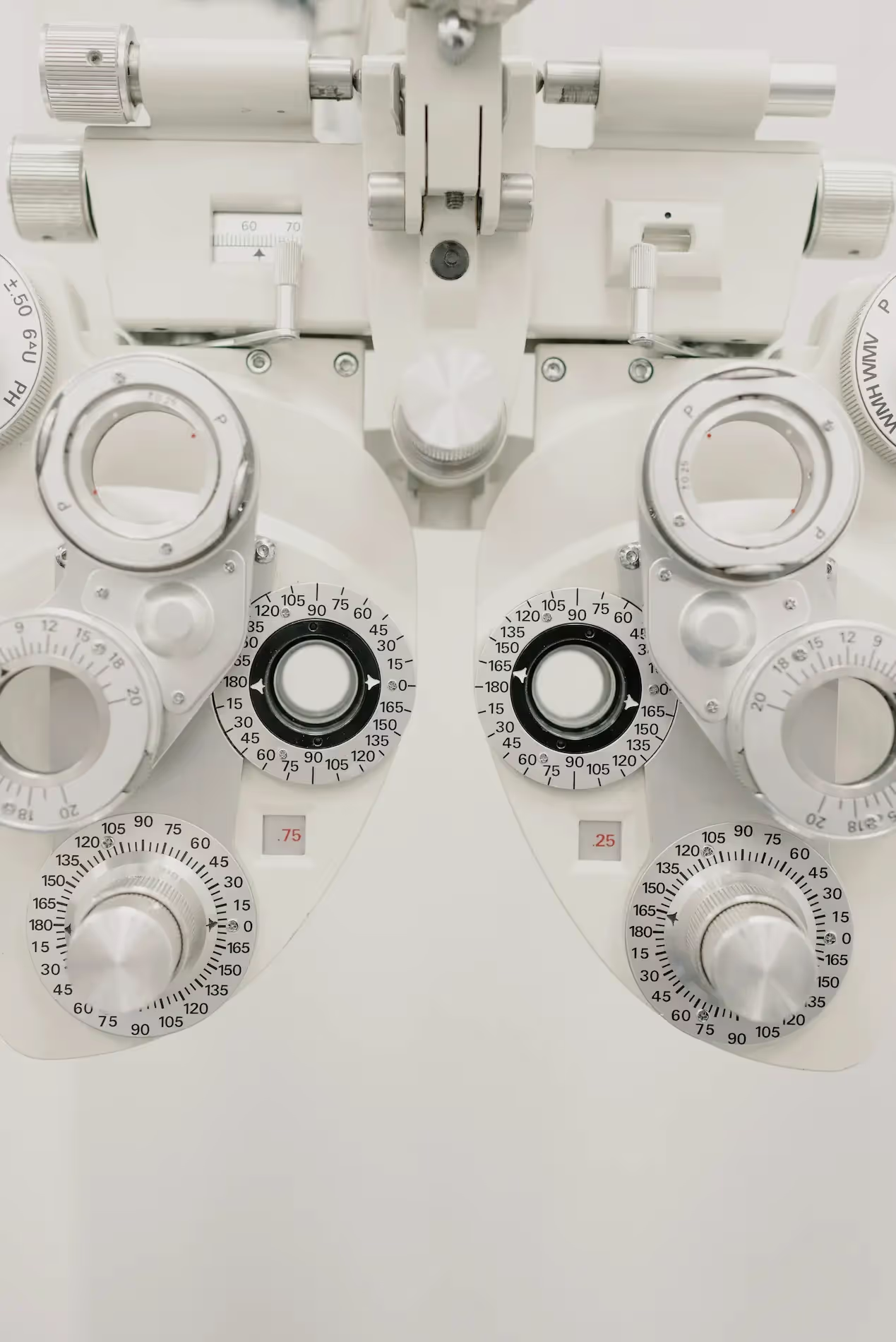Corrective Actions
A corrective action is an improvement to an organisation, process, or product that is implemented in order to address a detected nonconformance or problem. Corrective actions are taken to prevent recurrence of the nonconformance or problem and to ensure that the organisation, process, or product meets its requirements and objectives.
There are four steps in the corrective action process:
- Plan the corrective action
- Implement the corrective action
- Evaluate the effectiveness of the corrective action
- Update the organisation's policies and procedures
The first step in the corrective action process is to plan the corrective action. The corrective action plan should be designed to address the root cause of the nonconformance or problem and should be based on the results of the root cause analysis. The corrective action plan should also include specific actions to be taken, responsible individuals, target dates, and metrics for evaluating the effectiveness of the corrective action.
The second step in the corrective action process is to implement the corrective action. The corrective action plan should be followed and all actions should be taken as planned. It is important to communicate the corrective action plan to all affected individuals and to ensure that they understand their roles and responsibilities.
Evaluating the effectiveness of the corrective action involves assessing whether or not the problem has been addressed and whether or not the corrective action was effective. Updating the organisation's policies and procedures involves making changes to the policies and procedures based on the results of the corrective action.

What kind of corrective actions can you take?
There are a number of corrective actions that can be taken in quality management in order to address issues that have been identified. Corrective actions may be taken at different levels, depending on the severity of the issue, and can include changes to processes, procedures, or training.
In some cases, corrective actions may also involve financial penalties or disciplinary action for those who are responsible for the issue.
The goal of corrective actions is to address the root cause of the problem so that it can be prevented from happening again in the future. Corrective actions should be taken as soon as possible after an issue is identified, and should be documented so that they can be tracked and monitored.

